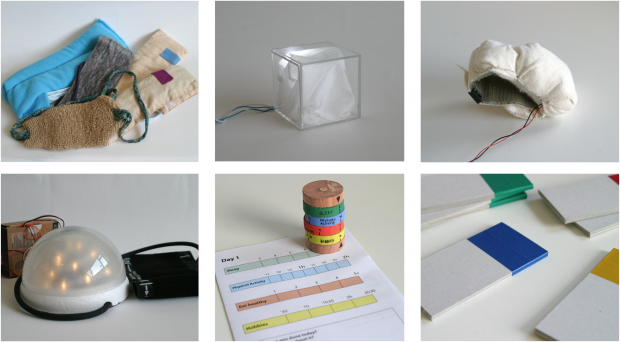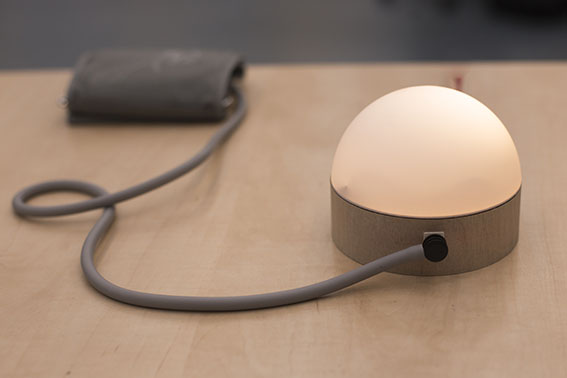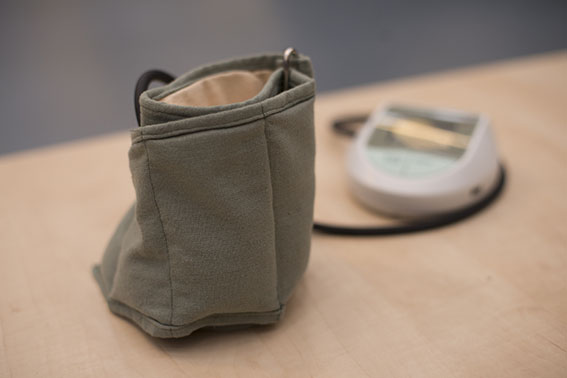A shift of perspective in healthcare
In the healthcare field patients are currently divided in different groups according to their medical condition. Based on this information the medical staff would prescribe the therapy and suggest a certain type of care to support the patient. Nevertheless when treating a patient that is suffering from a long-term disease (like diabetes, or chronic heart failure), the traditional “medical” approach might not be effective. A patient that suffers of such conditions will have to deal with the therapy and the limitations determined by the disease every day for the rest of his life. The long- term and constant efforts that the patient needs to make in order to follow the prescribed therapy require motivation and engagement. In this case a more patient-centred approach could improve the way he experiences his condition daily, and help him to keep motivated in adhering to the therapy.
Introducing patients’ psychological profiles
Starting from these considerations, Philips Research conducted a study to better understand the motivations, needs and preferences of chronic patients that are determined by dealing with their condition on a daily basis. Patients with different diseases (diabetes, CHF, COPD) were included in the study. It was observed that chronic patients that suffer from similar conditions can have different motivational styles and behaviors towards therapy management, and vice versa, due to their personal reaction to the diagnosis of the disease and other contextual factors related to it. Based on this information, four different profiles of chronic patients were defined, which focus on the patients’ psychological characteristics rather than on their medical status.
Project Scope
The goal for this assignment is to define a set of guidelines for the design of interactions with telehealth systems tailored to the profiles defined by Philips, in order to improve the patients’ adherence in using such systems. Telehealth systems are technology-based solutions installed in the patients’ houses for daily monitoring purposes. Patients are in charge of measuring their vital signs regularly and then send them to the agency that provides the monitoring service.
This project focuses on the redesign of a specific telehealth product, i.e. a blood pressure meter (BPM), that is used as a design case. It was redesigned tailored to two out of four patients’ profiles. Different solutions to motivate patients to measure their blood pressure were designed, based on each profile’s motivational style and emotional state while measuring. The designs were evaluated with chronic patients in two subsequent design iterations, through the use of experiential prototypes, and refined according to their feedback. The information retrieved from the tests were analysed and used to define a set of design guidelines for tailoring interactions with telehealth to the profiles.

Six experiential prototypes used in the first test


Final prototypes of two BPM devices, tailored to different patients profiles



